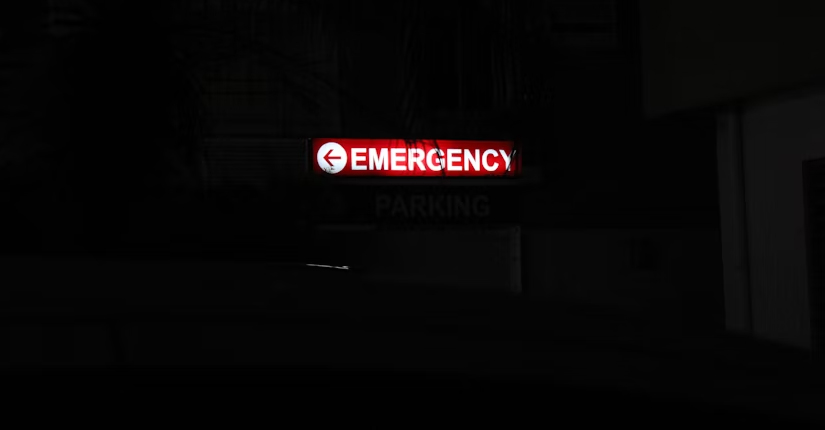- Clinic:
- 0733 945 717
- 0739 434 212

Can Patients Handle the Truth? Getting Access to Doctors’ Notes
August 27, 2025
Know your reproductive health rights
September 1, 2025The concept of medical triage

Any woman who’s ever made a hospital visit to the emergency department or labor ward may be aware of an almost inevitable wait. It seems to take ages for people to get their turn, and there is often a feeling of unwarranted delays.But few would have heard of a term referred to as medical triage. This is a principle used in medicine to guide the order of medical priorities. Patients are rapidly assessed and categorised into those requiring emergency care, and those who need routine care and can afford to wait longer. This strategy saves lives, and negates the principle of ‘first come first served’ as applicable in other services.
The concept of triage in women’s health is applicable both in pregnancy and in Gynecological problems. Pregnancy may be a natural phenomenon, but it is associated with potential life threatening complications. If a pregnant woman with a life-threatening condition is subjected to delays in medical intervention, she may suffer grave complications that may result in her own death and that of the unborn baby. Most Gynecological problems are not immediately life-threatening, but must be triaged as well. Some cases need urgent attention, while other cases can routinely be chanelled to clinics within weeks.
Women should be aware and be confident in the concept of self-triaging. There are umpteen web-based resources for self-triaging, or voice-based and sms services that can be accessed to gauge the severity of Gynecological or pregnancy-related symptoms. Pregnancy-related danger signs are usually emphasized during antenatal clinic visits. Such signs should prompt women to immediately visit the nearest health facility, with the quickest means possible. On arrival, they should head straight to the labor ward and announce without delay what the problem is. All maternity units should allow pregnant women with acute problems to go straight to the labor ward. This ensures immediate attendance by appropriately skilled Obstetric staff, and avoids delays in appropriate interventions.
Equally, health facilities should have triage protocols and processes in place. Women presenting in peripheral units with inadequate facilities should be triaged, stabilized and immediately transferred to appropriately equipped facilities.
Upon arrival, the woman with the most life-threatening complications must be treated first. The mother’s life takes priority, and she must be stabilized first before intervening in the unborn baby’s interest, if pregnant. Anybody else waiting in the queue with non-life-threatening problems must continue to wait, but must be kept informed of the reasons for being delayed.
Triage principles can be extended to non-emergent cases. Some patients requiring outpatient clinic appointments must be seen within days, while others can wait for weeks without coming into harm. The next time somebody appears to jump a medical queue, please spare a thought for them. They may have been triaged with a life-threatening condition, and being attended first may be the only chance to save their lives.
Take a fertility test today
